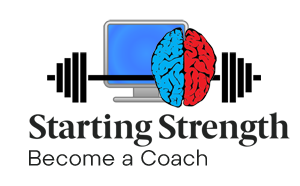I mean to say that, if somehow, after a neck injury, your neck muscles become so atrophied that you can't even hold your head up, then I would think that isolation neck exercises would be appropriate. This is a rather specific situation though and it's the only one I can think of.










